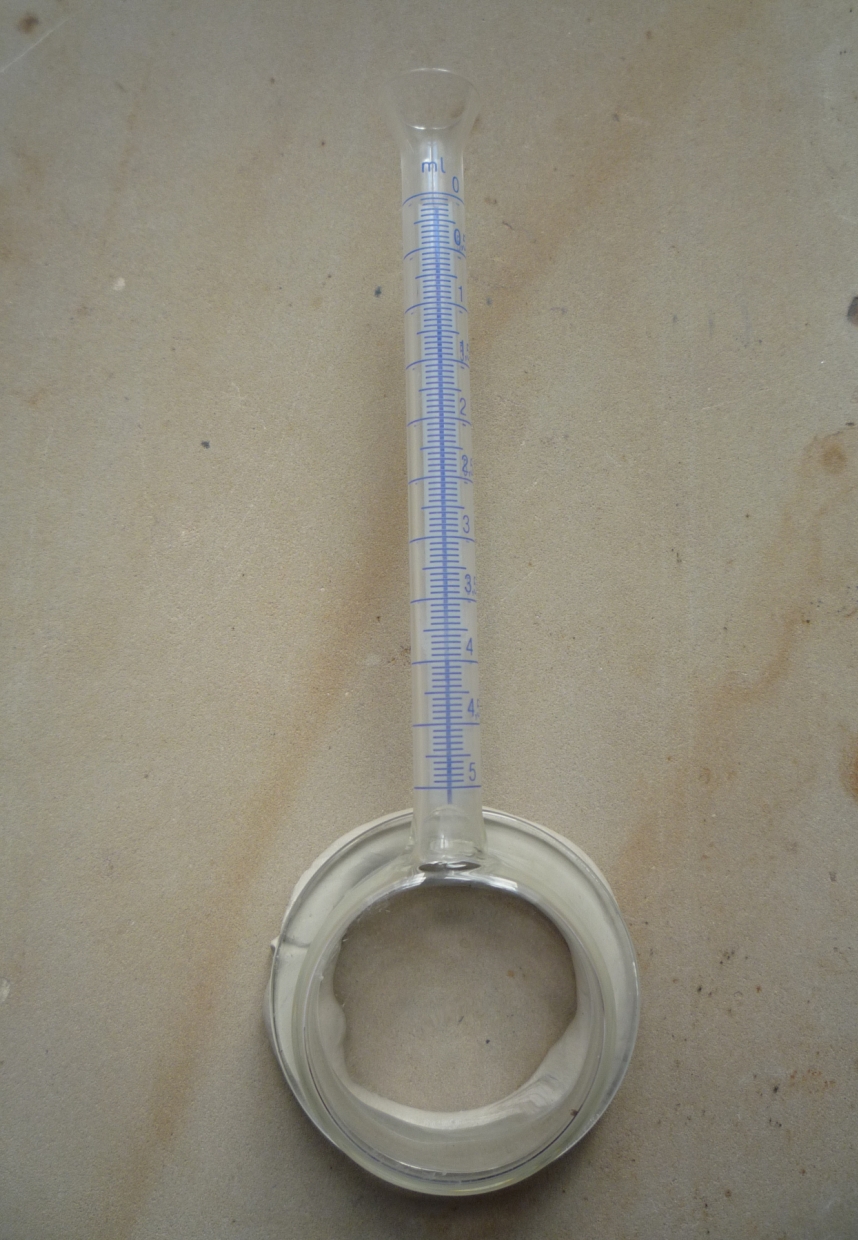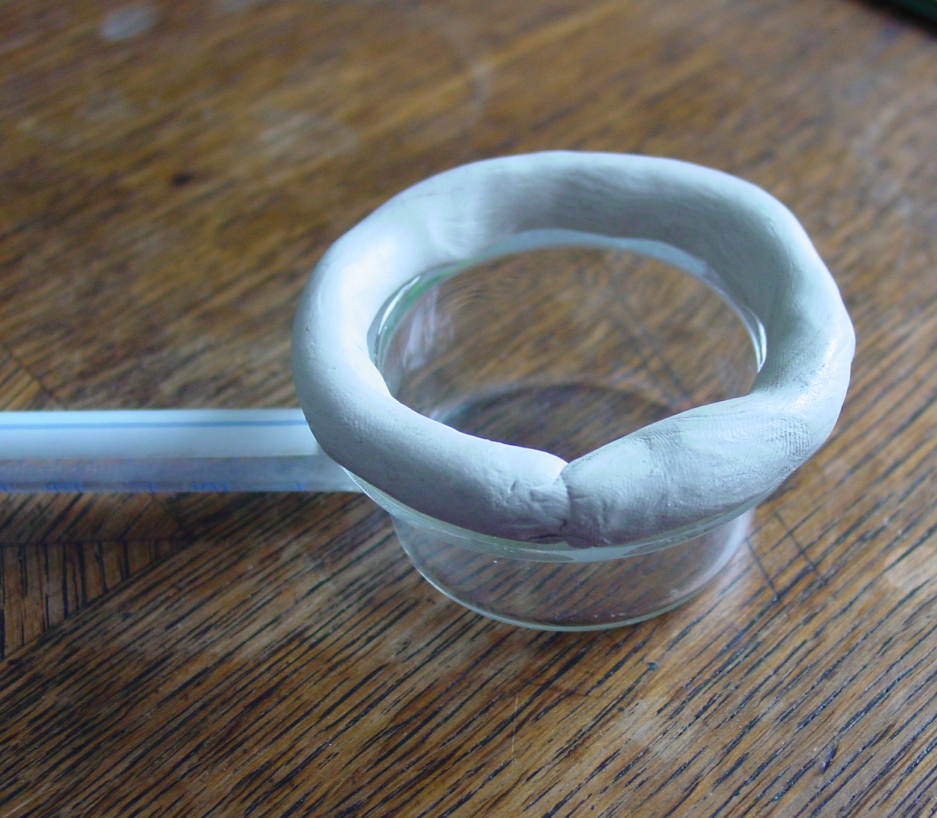Test Tube KARSTEN
Measurement of capillary water absorption with the Karsten test tube
Introduction
A summary of the article "Determination of capillary water absorption with measuring tubes according to Karsten and Mirowski" from the book "Leitfaden Naturstein-Monitoring" [1] published by IRB-Verlag in 2011 with regard to the measuring method for estimating the coefficient w with the Karsten test tube supplemented by the mathematical background of the evaluation procedure.
The knowledge of the capillary water absorption is of great interest for the condition assessment of many monitoring objects, e.g. for the effectiveness check of a hydrophobization, for the assessment of the necessity and effectiveness of cleaning measures or for the evaluation of grouts, replacement mortars and slurries. Relevant parameters are the water absorption coefficient w [kg/(m²√h)], the water penetration coefficient B [cm/√h] and the water absorption capacity CTE [vol.-%], which are mathematically linked. They can be determined with accuracy only by laboratory measurements on object specimens of defined geometry according to relevant standards. However, destructive sampling, such as core sampling, is often unacceptable for monument objects. On the object, however, the parameters of capillary water absorption can be estimated non-destructively using the Karsten test tube.
Carrying out the measurement with the Karsten test tube
The Karsten test tube is made of a glass cylinder (bell) open on one side and with a flat rim, which is sealed to the surface of the object. Attached to the glass cylinder is a graded tube, on the scale of which the amount of liquid absorbed is read during the measurement. (see Fig. 1). Suitable putties can be used to attach the glass tube to the substrate. The smoothly kneaded putty is rolled out into a thin bead and pressed onto the glass rim of the Karsten tube (see Fig. 2), and then the round glass body is applied firmly to the wall surface. Bead overhangs should be cut off with a small spatula so that they are even with the glass.This should be done as far as the substrate adhesion permits. This enables the early detection of a moisture penetration around the measuring tube.
After this procedure, the device is quickly filled with demineralized water via the graduated measuring tube up to the 0 ml line. The time measurement is started at the same time. Subsequently, the quantities of water absorbed and the corresponding penetration times are documented at any time intervals; more frequent readings at the start of measurement are recommended. As soon as leakages occur, such as leakage of the tube, the measurement is stopped. To improve the measuring accuracy, it is recommended to carefully remove the tube after completion of the measurement in order to be able to measure the diameter of the kit bead. This is because the amount of water absorbed as a function of time is not influenced by the nominal diameter of the glass bell, but by the respective shape of the bead and thus by the actual suction surface.

